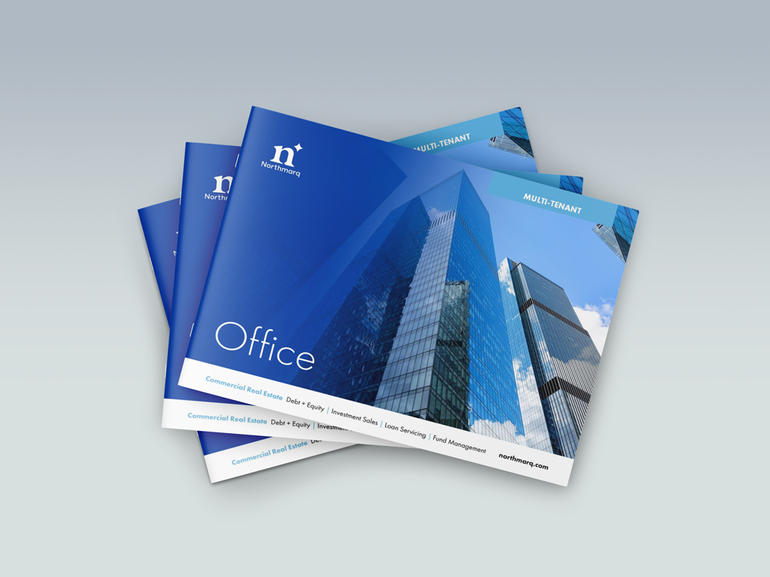MarketSnapshot: Multi-Tenant Office
Q1 2025

After an encouraging fourth quarter of activity, the multi-tenant office sector saw first quarter 2025’s results fall back in line with reduced transaction volume as seen in recent years. Sales volume dropped sharply quarter-over-quarter to $10.6 billion. This figure represents a 44.4% decline from fourth quarter 2024 and a 15.8% decrease year-over-year, highlighting the sector’s ongoing difficulties. Elevated interest rates, coupled with subdued tenant demand in a hybrid work environment, continue to weigh heavily on investor confidence and influence transaction activity levels.
Cap rates in the sector rose to 7.60% during first quarter – an eight-basis point increase from the prior quarter and a 37-basis point rise compared to first quarter 2024. Office cap rates are now 136 basis points above the market’s low point of 6.24% reported at mid-year 2022, illustrating how quickly asset valuations have shifted.
Private buyers dominated first quarter activity. They accounted for 61% of all multi-tenant office acquisitions, demonstrating their stronghold in this challenging asset class. Institutional players followed with a smaller 17% market share, focusing selectively on assets in prime locations or with strong tenant rosters. REIT activity was notably scarce at just 4%, which is consistent with their broader retreat from the office market as lease-up periods and tenant retention rates remain problematic.
High vacancy, significant rollover risk and looming debt maturities continue to be key challenges in the multi-tenant office market. Many office owners are grappling with refilling empty spaces, particularly as corporate tenants evaluate downsizing opportunities to reduce their long-term real estate obligations.
Looking forward, the market’s recovery will depend on tenants’ leasing behaviors and macroeconomic stability. With elevated cap rates creating potential entry points for opportunistic investors and value-add repositioning strategies, there is room for optimism. However, the near-term outlook remains very cautious as economic pressures and evolving workspace trends shape the sector’s trajectory.
